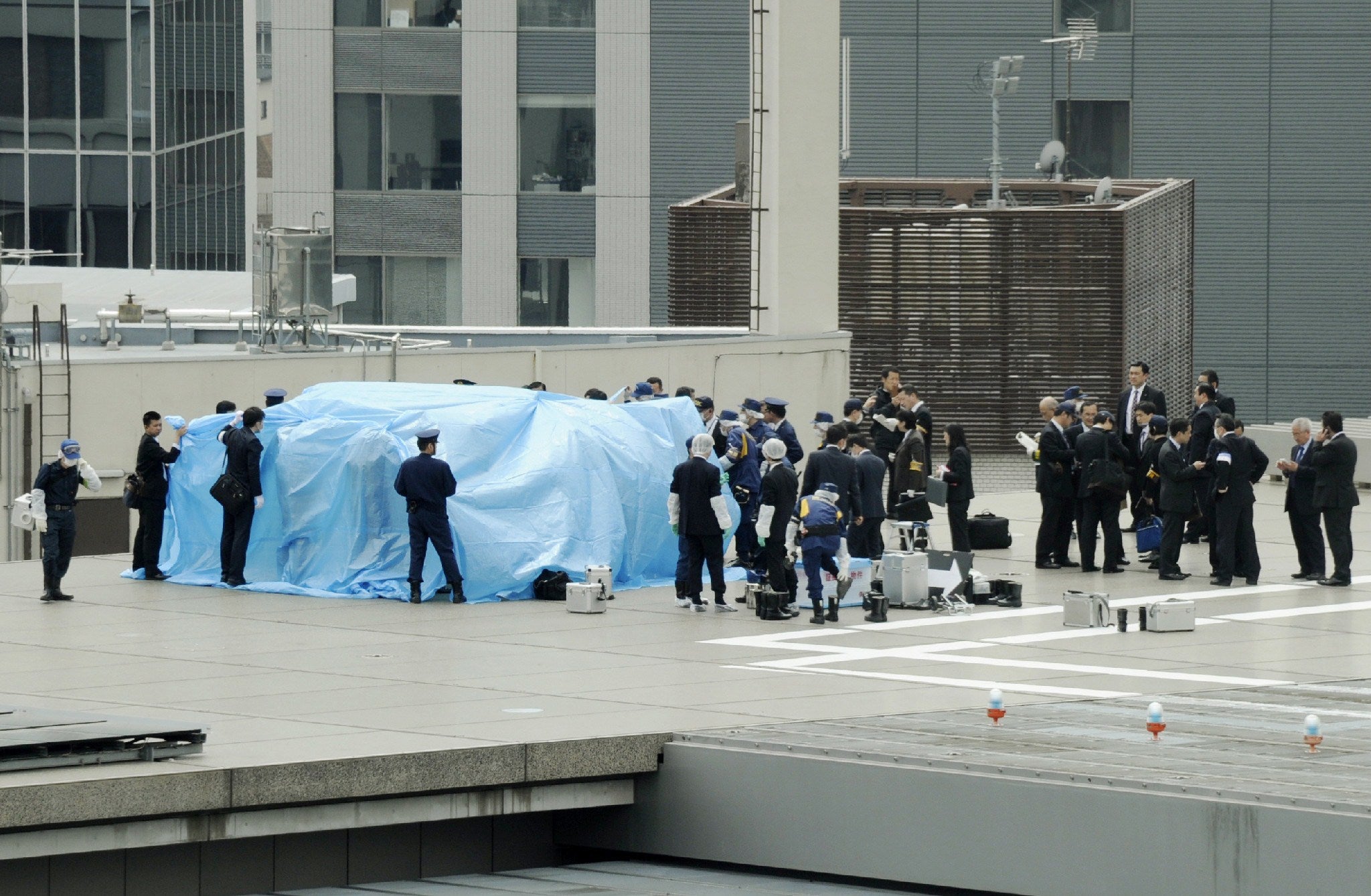The US government has begun trialling methods to disable and track commercial drones
They are looking into ways to take over control of drones and send them back to their pilots

Your support helps us to tell the story
From reproductive rights to climate change to Big Tech, The Independent is on the ground when the story is developing. Whether it's investigating the financials of Elon Musk's pro-Trump PAC or producing our latest documentary, 'The A Word', which shines a light on the American women fighting for reproductive rights, we know how important it is to parse out the facts from the messaging.
At such a critical moment in US history, we need reporters on the ground. Your donation allows us to keep sending journalists to speak to both sides of the story.
The Independent is trusted by Americans across the entire political spectrum. And unlike many other quality news outlets, we choose not to lock Americans out of our reporting and analysis with paywalls. We believe quality journalism should be available to everyone, paid for by those who can afford it.
Your support makes all the difference.The US government is conducting tests into ways to disable and track drones that may infiltrate sensitive sites.
Although the research, which is being contributed to by various government agencies and state law enforcement, is in its early stages, there has been at least one field test, according to Reuters.
A source told the news agency that late last year, police in New York used a microwave-based system to try to track a commercially available drone in Times Square and send it back to its operator.
The test, which previously went unreported, was set back by signal interference from nearby media broadcasts, and apparently involved representatives from the Department of Homeland Security, the Federal Aviation Administration (FAA) and the Defence Department

The Department of Homeland Security only told Reuters that they worked with other agency partners to address the unlawful use of drones - but sources said that efforts to combat the unmanned aerial vehicles (UAVs) had been stepped up significantly following a huge rise in drone use and some significant incidents.
The private use of drones, excluding model aeroplanes, was practically unheard of a few years ago, but now mini quadcopters can be bought at high street shops for as little as £100 - versions with cameras costing slightly more.
Flying small aircraft as a hobby is nothing new, but quadcopter drones can move much more slowly and precisely. Versions with attached cameras can transmit a live feed back to the pilot, allowing them to see where they are going. These advances, coupled with falling prices, mean that governments are increasingly seeing the potential danger in the increasing, and even malicious use of drones.
A man called Robert Knowles was handed a hefty fine after he flew a drone over the a BAE Systems nuclear submarine facility in August 2013.
And in January this year, a small drone was landed within the grounds of the White House in Washington, D.C, prompting a security scare.
The research that the government is conducting is not aimed at destroying or crashing drones, the sources said, but simply at taking over control of them and sending them back to the operator - both easily stopping potential incidents, but also making it easier for law enforcement to identify errant pilots.
Drone technology advances much faster than the law, but there are some restrictions against it in the UK.
Currently, drones under 20kg that are not used for commercial purposes are fairly free to use, unless you fly them within 150 metres of a 'congested area', or with 50 metres or a person, vessel, vehicle or structure.
If you find a sufficiently secluded area, you can only fly your drone 'within sight' - no more than 400 feet in height or 500 metres horizontally.
And using a drone for commercial use requires permission from the Civil Aviation Authority.
Some flying restructions are in place across the UK, which NoFlyDrones.co.uk explains - areas such as military bases and places like central London and Canary Wharf have strict flying restrictions.
Join our commenting forum
Join thought-provoking conversations, follow other Independent readers and see their replies
Comments